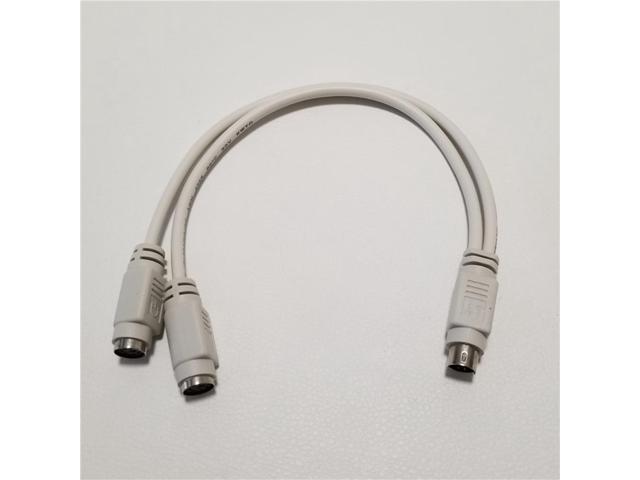Excerpt from Extempore Playing: Forty Lessons in the Art of Keyboard Composing
To the organist it is one of the most important branches of study, one Without which he cannot hope to fulfil his duties in any sense adequately. And yet it has hitherto been woefully neglected. Although notable and brilliant exceptions are to be found in many directions, it is not an uncommon thing to find organists, in other respects perfectly competent, who have not the remotest notion of what extempore playing really is, as is only too evident from the lamentable failure of the attempts they are obliged by circumstances to make. This is probably due to the fact that the subject is seldom taught at all, and when it is, with very little system. Few manuals upon the art are available, and it is widely supposed that extempore playing is a natural gift, possessed only by the few, and beyond the reach of the many. This is a mistake. It is quite possible for anyone of average intelligence and plenty of perseverance to acquire the art of playing acceptable music impromptu. All that is needed is a simple, clear and straightforward method of work, and a large amount of practice. This is not to say that anyone who studies may become a real composer - that is a distinction reserved for the few, for the geniuses. But it is quite as well within the range of the average person to acquire the power of playing on the spur of the moment music which is correct and pleasing, as it is for the same person to learn to speak correctly without hesitation; although in the latter case he does not of necessity become an orator or a poet, nor in the former case an original composer.
In the following pages stress will be laid upon the simple, elementary, foundation work. Once this is passed, some thing more finished will soon follow.
About the Publisher
Forgotten Books publishes hundreds of thousands of rare and classic books. Find more at www.forgottenbooks.com
This book is a reproduction of an important historical work. Forgotten Books uses state-of-the-art technology to digitally reconstruct the work, preserving the original format whilst repairing imperfections present in the aged copy. In rare cases, an imperfection in the original, such as a blemish or missing page, may be replicated in our edition. We do, however, repair the vast majority of imperfections successfully; any imperfections that remain are intentionally left to preserve the state of such historical works.















